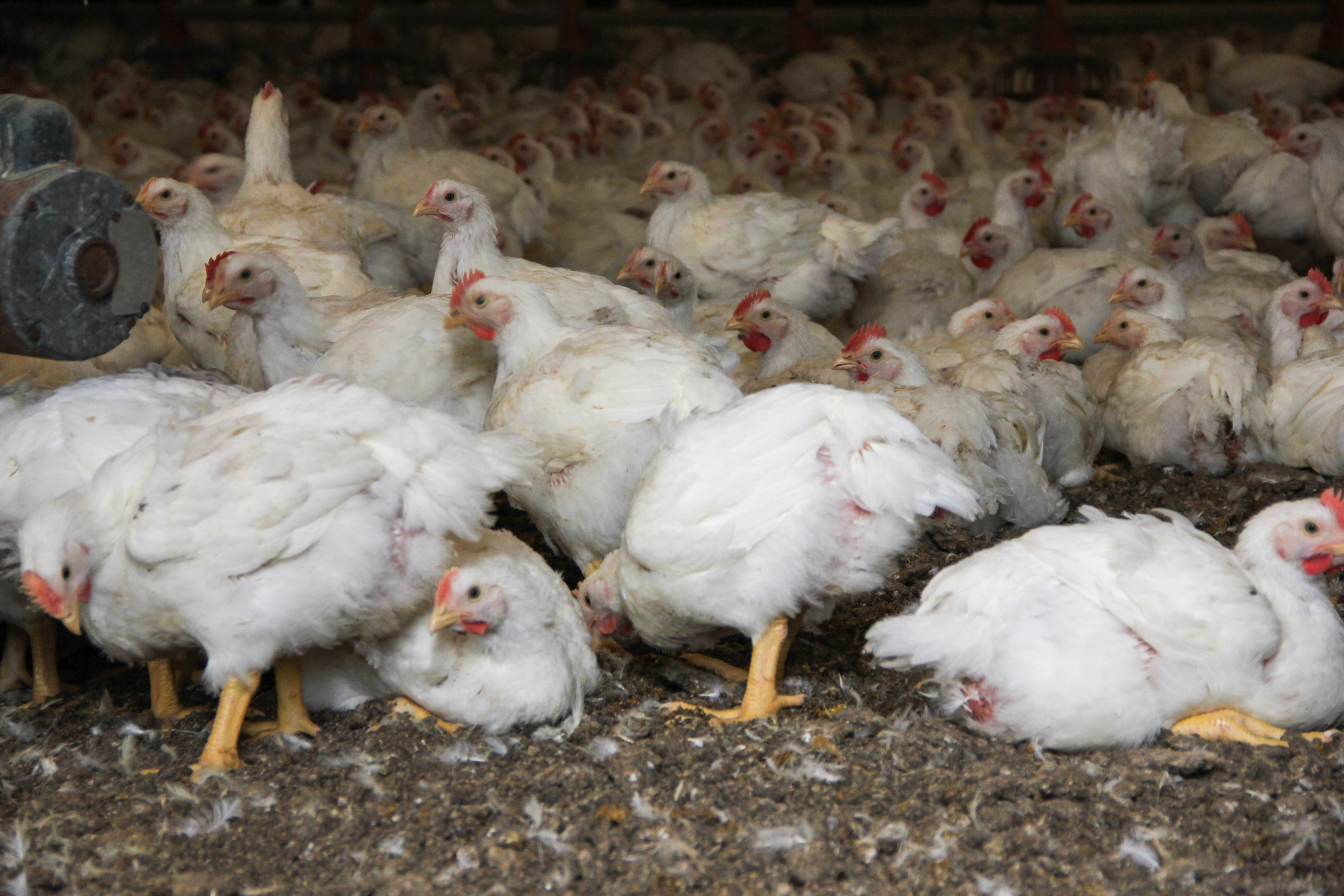Improving Modeling and Mitigation Strategies for Poultry Ammonia Emissions Across the Chesapeake Bay Watershed
June 1, 2022 - June 1, 2022
This workshop convened virtually on Wednesday, June 1st from 2-4 pm.
This is the final session in a workshop series on improving modeling and mitigation strategies for poultry ammonia emissions across the Chesapeake Bay Watershed. The goal of this session was to provide a recap of the previous mini-workshops and discuss the process moving forward.
Previous workshop sessions include:
- November 19, 2021: Introduction: What are the key decision points related to this issue? Is the partnership supporting these decision points? How might they?
- March 31: Summarize the effectiveness of various BMPs and incorporate stakeholder input on the practical implications of these BMPs.
- April 20: CMAQ apportionment deep dive: How can these new results inform out bay modeling/bay restoration efforts?
- April 21: Follow-up session on the outputs from March 31st. Define priorities and considerations and options available for decision-makers.
- May 4: Examine critical knowledge gaps and obstacles to developing and integrating new poultry productions management and mitigation data.
Current estimates are that roughly one-third of the nitrogen entering the Chesapeake Bay comes from atmospheric emissions. Historically, about two-thirds of that was in the form of nitrogen oxides (NOx) and one-third as ammonia. Improvements in air quality have played a critical role in restoring the Chesapeake Bay. Emissions of NOx from power plants and vehicles have achieved substantial nitrogen reductions through the Clean Air Act. In contrast, ammonia emissions, which are primarily from agricultural sources, have increased over time. Currently the contribution of NOx and ammonia to the atmospheric load of nitrogen to the Chesapeake Bay are roughly equal, but in the future, the contribution from ammonia is expected to exceed that of NOx,. A recent study estimating ammonia emissions and deposition from poultry operations on Maryland’s Eastern Shore suggests contributions of nitrogen to local waters and the Chesapeake Bay could be substantial. In addition to exacerbating eutrophication, ammonia is also toxic to highly sensitive freshwater mussels as evident by recently adopted EPA Criteria. Ensuring that our modeling approaches are accurately estimating this growing source of nitrogen and that mitigation strategies are explored and implemented are key to protecting water quality in the Chesapeake Bay and its tributaries.
A variety of modeling tools are used to estimate livestock ammonia emissions, deposition and transport to local waters and the Chesapeake Bay. Wet deposition of ammonium is estimated using wet-fall concentration regression models for the Chesapeake Bay watershed Regression parameters include precipitation, land-use information, and livestock emissions. The source of the land-use information is from the National Land Cover Database (NLCD) and for livestock emissions, the National Emissions Inventory (NEI). In both cases, the most recent data are from the 2011 versions of these databases and worth noting, is that the 2011 NEI uses livestock inventory data from the 2007 USDA Agricultural census. Livestock and poultry production have increased in the region since 2007, raising a question of whether these increases are captured within the current modeling framework. In addition, some have questioned the adequacy of the emissions factors used in the model. The Community Multi-Scale Air Quality (CMAQ) model integrates this information on wet deposition and combines it with other modeling approaches that include dry deposition of ammonia to estimate nitrogen deposition. According to Campbell et al. 2019 “There is greater uncertainty in the characterization of agricultural sector NH3 emissions in the 2011 NEI platform compared to NOx sources, due to fewer in situ observations and emissions monitoring data than exist for NOx.” One purpose of the proposed workshop is to bring together experts to discuss the current modeling approach for ammonia emissions from livestock, and determine whether model estimates are adequate or should be improved and if so, how.
Workshop Steering Committee:
- Joe Wood (CBF)
- Kathy Boomer (FFAR, STAC)
- Jesse Bash (EPA)
- Paul Bredwell (US Poultry and Egg Association)
- Mark Dubin (UMD)
- Jason Keppler (MD Dept of Ag)
- Hong Li (UDel)
- Holly Porter (Delmarva Chicken Association)
- Sanjay Shah (NCSU)
- Gary Shenk (USGS)
Facilitator: Mike Foreman (IEN)
For more information, please contact Meg Cole, STAC Coordinator, at colem@chesapeake.org.
